Depending on the day, the makers in the maker lab could be doing any number of things. We could be discussing how to best map our pets’ whereabouts, cutting cardboard and rolling it on a table edge to get a nice curve, or maybe doing some general tinkering with 3D models of buildings or geometric shapes. Although it might look like play, our students are doing something really important – they are engaging in science, technology, engineering, art, and mathematics. These experiences allow our makers to develop their creativity, collaboration, critical thinking, problem solving, confidence, and entrepreneurship – all important 21st century skills.
Our maker lab is our laboratory of exploration and inquiry-based science education (IBSE). As a Maker/STEAM specialist, my job is to facilitate learning and discovery in grades pre-k through middle school through varied experiences including, but not limited to, direct instruction, tool handling, working with different materials, research-based advice and tinkering sessions.
School-wide, we are also documenting our project-based learning practices in connection to the Next Generation Science Standards. While we progress through our Units of Explorations, we make adjustments to our curriculum, and our constructivist approach informs lesson planning as we build on what students have learned from year to year.
During the first quarter, our first graders finished exploring their unit on Maps and their Community where they learned about basic geospatial data (road maps, points and lines represented in a map) and how to construct graphic representations based on them. They drew many maps including maps of their days (time in space), their classroom, their pet’s whereabouts, and the school grounds, where they placed themselves, their classroom, and many of the teachers they know and admire. We used several units of measurement to find the distance between object A and B, and we practiced building to scale, making 3D shapes and models of playgrounds.
Grades 3 and 5 have dived into an in-depth exploration of cardboard as a material – abundant, readily available, but with limited sustainability. The pliability, flexibility, and durability of cardboard was put to the test through a series of experimentations along with observations, iterations, and reflections.
All this experimentation and learning served as background knowledge for building prototypes of earthquake safe buildings, model volcanoes, board games, and hand-bound books with information about earth changes. All this hands-on-practice involved discovery, learning, problem solving, hypothesizing, experimenting, and evaluating, often with many variables and unexpected outcomes.
Thus although it might look like play when you peek into our classroom, it’s really makers utilizing their creativity and engaging in learning through hands-on STEAM projects. I’m excited to work with all our students to communicate their knowledge in many unique and innovative ways.



